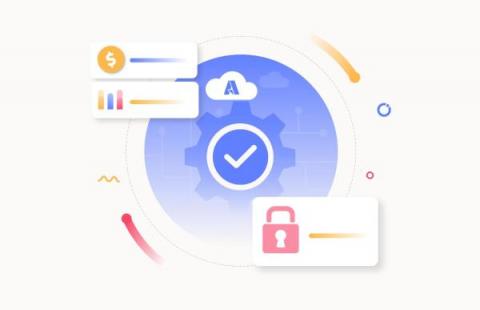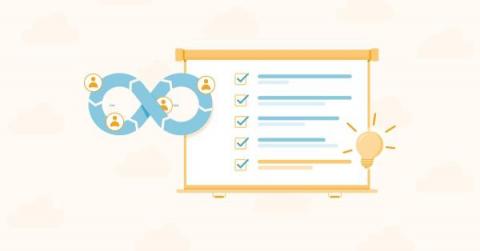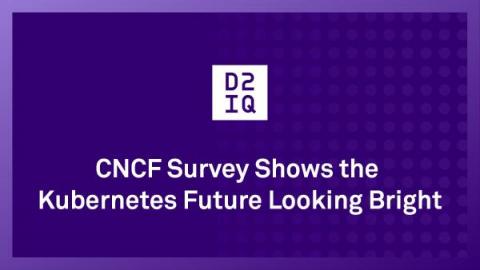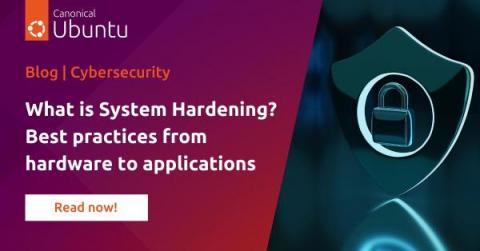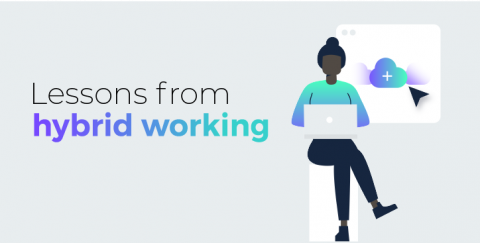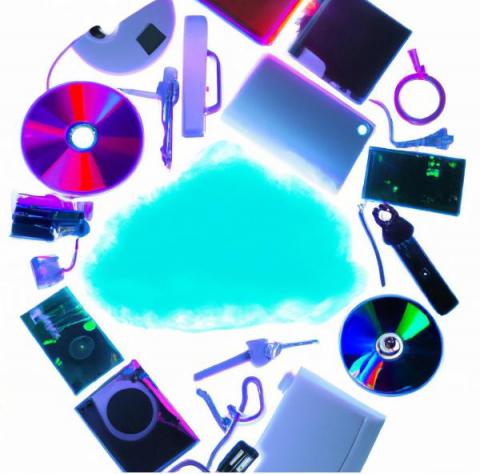Operations | Monitoring | ITSM | DevOps | Cloud
Latest News
Five Trends from SREcon Americas 2023
Last week, over five hundred SREs gathered in Santa Clara to share the latest research, tips, tricks, best practices, and more for site reliability engineering. They were joined by some of the biggest names in the reliability space. And, yes, Gremlin was there to answer any and all questions about chaos engineering and proactive reliability. After three days of great conversations and insightful talk, let’s take a look at some of the themes we heard weaving through SRECon.
What does CloudCheckr offer for Azure Cost Optimization and its Considerations?
What Is Observability? Examples of How It Can Help You
Observability is a powerful concept that can help you gain insight into the performance of your systems and applications. It refers to the ability to measure, monitor, analyze, and manage different aspects of an infrastructure or application—from hardware components to application code. With observability techniques such as distributed tracing, monitoring metrics, log analysis, and anomaly detection, organizations can ensure their applications run smoothly without downtime or disruption.
5 DevOps Skills Every Engineer Should Have In The Cloud Era
CNCF Survey Shows the Kubernetes Future Looking Bright
The annual Cloud Native Foundation (CNCF) surveys have shown Kubernetes adoption and maturity advancing rapidly, The previous CNCF Annual Survey showed that Kubernetes had crossed the chasm to become mainstream.
What is System Hardening? Definition and Best practices
System hardening means locking down a system and reducing its attack surface: removing unnecessary software packages, securing default values to the tightest possible settings and configuring the system to only run what you explicitly require. Let’s take an example from daily life.
Lessons from hybrid working: Are businesses and networks coping?
Azure Blob Storage Types and Cost Factors
Azure Blob storage is a popular service provided by Microsoft, offering scalable, cost-effective, and secure cloud storage solutions for various types of unstructured data. This article aims to provide a comprehensive analysis of Azure Blob storage types, their pricing models, and the key factors that impact the cost of using these services.




